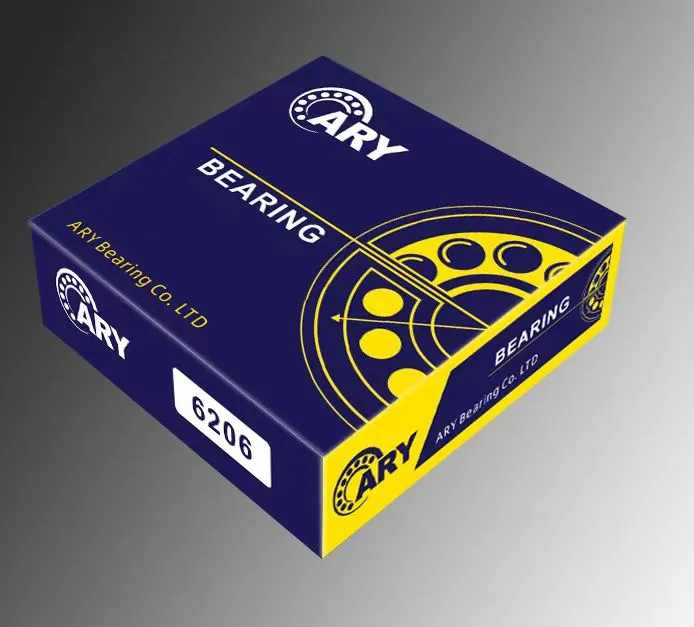
Dec . 25, 2024 08:09 Back to list
Design and Analysis of Split Cylindrical Roller Bearings for Enhanced Performance and Reliability
Split Cylindrical Roller Bearings An Overview
Split cylindrical roller bearings are specialized mechanical components that play a critical role in various industrial applications, particularly in machinery that requires high load capacity along with reliability and ease of maintenance. These bearings are widely used in heavy machinery, such as mining equipment, construction equipment, and large electric motors, where robustness and the ability to withstand harsh conditions are paramount.
Design and Structure
The design of split cylindrical roller bearings is characterized by a two-part structure. Unlike traditional single-piece roller bearings, the split design allows for easier assembly and disassembly, making maintenance and replacement operations significantly more convenient. Each bearing is composed of an outer ring, an inner ring, and cylindrical rollers that facilitate motion between the inner and outer surfaces.
The split design serves a dual purpose. Firstly, it enables bearings to be installed in tight spaces without the need for complex disassembly of the machinery. Secondly, it allows for minimizing downtime during maintenance since only the affected sections of the bearing can be replaced without removing the entire assembly.
Advantages of Split Cylindrical Roller Bearings
1. Ease of Maintenance The most significant advantage of split cylindrical roller bearings is their easy maintenance. As machines operate continuously, wear and tear on bearings are inevitable. In traditional bearings, replacing a worn-out part often necessitates disassembling the entire equipment—a time-consuming and costly process. With split bearings, maintenance personnel can quickly replace only the damaged section, significantly reducing downtime.
2. Reduced Installation Time The simplicity of installing split bearings cannot be overstated. Because they can be installed without disassembling surrounding components, split cylindrical roller bearings save crucial time and labor costs during setup or repair operations.
split cylindrical roller bearings

3. Enhanced Load Capacity Split cylindrical roller bearings can accommodate high radial and axial loads due to their design. Their large contact surface area with the shaft reduces pressure and wear, which contributes to longer service life and increased reliability in heavy-duty applications.
4. Improved Alignment and Performance These bearings offer better alignment capabilities, which is essential for ensuring the smooth operation of rotating machinery. Proper alignment reduces friction and wear, further enhancing performance and longevity.
5. Versatile Applications Split cylindrical roller bearings find use in numerous applications across various industries, such as wind turbines, paper mills, cranes, and more, due to their robust nature and adaptability.
Challenges and Considerations
Despite the numerous advantages, split cylindrical roller bearings also come with challenges that need to be addressed. The precise alignment of the split halves is essential to ensure optimal performance. Misalignment can lead to uneven wear and potential failure. Therefore, proper installation by trained personnel is crucial.
Moreover, while split bearings can simplify maintenance, they often come at a higher initial cost compared to standard bearings. Organizations must weigh the benefits of reduced downtime and maintenance simplicity against the upfront investment.
Conclusion
In conclusion, split cylindrical roller bearings are an essential component in the machinery of various industries. Their unique design not only facilitates easy maintenance and reduces downtime but also enhances performance under high-load conditions. While they do come with their challenges, the overall benefits they provide make them invaluable in modern engineering applications. As industries continue to evolve and the demands for efficiency and reliability increase, split cylindrical roller bearings will undoubtedly play a vital role in meeting those needs. Their continued development and optimization will pave the way for even more innovative solutions in machinery and equipment management.
Latest news
-
Premium Deep Groove Ball Bearings | High Speed & Reliability
NewsAug.29,2025
-
Durable Scaffolding Clamps - Secure & Reliable Tube Connectors
NewsAug.28,2025
-
Common Failures in Thrust Ball Bearings and Solutions
NewsAug.22,2025
-
How Tapered Roller Bearings Can Take Shock Loads
NewsAug.22,2025
-
Angular Bearings in High-Precision Spindles
NewsAug.22,2025
-
The Impact of Misalignment on Cylindrical Roller Bearing Performance
NewsAug.22,2025
